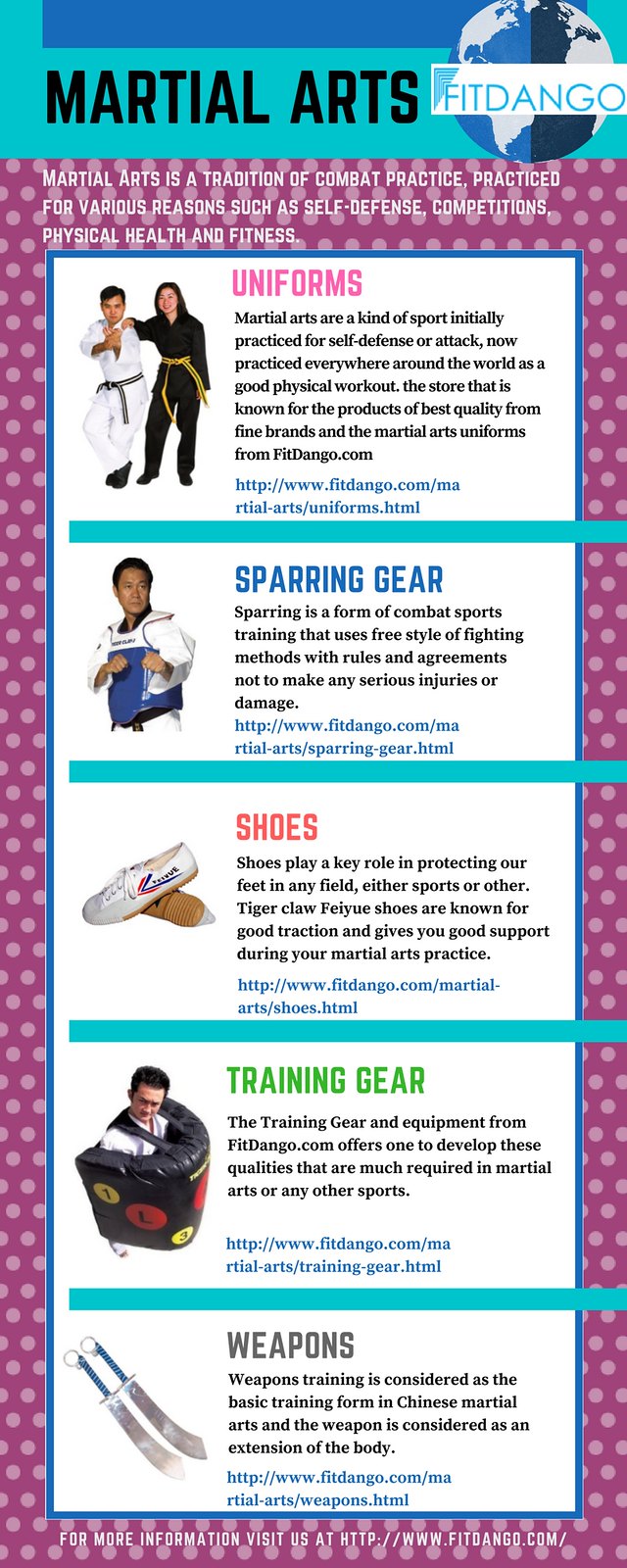Martial arts have a remarkable history that spans centuries and continents. You may locate it intriguing how old practices like Shuai Jiao and Kalaripayattu prepared for modern-day combat strategies. These disciplines not only stress physical skills but additionally show the societies that birthed them. As you explore their evolution, consider exactly how globalization has actually changed these conventional forms into hybrid styles. What influences do you assume have shaped today's martial arts landscape?
Ancient Martial arts: The Foundations of Combat
As you look into the globe of old martial arts, you'll discover the abundant foundations that shaped battle strategies throughout cultures. Very early methods focused on Self-Defense and survival, frequently integrating strikes, grappling, and weapons.
In ancient China, for example, techniques like Shuai Jiao highlighted tosses and joint locks, while India's Kalaripayattu showcased dexterity and fluid movement. Japanese samurai established Kenjutsu, a refined swordsmanship that highlighted discipline and technique.
These martial arts offered not just for battle yet also as a means of individual development, instilling values like regard and determination. The blending of these techniques with time prepared for the varied martial arts you see today, each showing the one-of-a-kind ideologies and demands of its society.
The Cultural Influence on Martial Arts Growth
While martial arts usually reflect the functional needs of a society, they additionally embody the social values and ideas of their beginnings. When you check out various martial arts, you'll observe how they're influenced by religious beliefs, philosophy, and social norms.
For instance, the focus on respect and self-control in Japanese martial arts stems from Zen Buddhism and samurai society. In contrast, Brazilian Jiu-Jitsu advertises adaptability and approach, formed by the requirement for efficiency in a diverse, multicultural setting.
You might discover that the rituals, uniforms, and training techniques show an area's background and identification. By recognizing these social impacts, you deepen your gratitude of martial arts and their role fit human experiences around the world.
Modern Adaptations and the Globalization of Martial arts
Martial arts have transformed significantly in current decades, adjusting to modern culture and global impacts. https://www.onefc.com/news/one-fight-night-13-allazov-vs-grigorian-results-and-highlights-for-every-match/ 'll discover that traditional kinds have mixed with modern strategies, creating hybrid styles like MMA. These adjustments accommodate diverse target markets, making martial arts obtainable and enticing worldwide.
With where karate martial arts of social networks and digital systems, you can discover tutorials and competitors from all edges of the world, breaking geographical obstacles. This globalization has caused a shared recognition for various self-controls, from Brazilian Jiu-Jitsu to Taekwondo.
As you engage with these arts, you'll understand they're not just about fight; they promote fitness, discipline, and mental wellness.
Ultimately, modern adjustments have improved the martial arts landscape, making it a vibrant and evolving method.
Verdict
In discovering the history and development of martial arts, you discover a fascinating blend of techniques, cultures, and philosophies. From ancient self-controls like Shuai Jiao and Kalaripayattu to the modern-day flexibility seen in MMA, martial arts show humanity's pursuit for Self-Defense and personal development. As you involve with these practices, you not only get abilities yet also a deeper admiration for the diverse customs that form our globe today. So, continue your journey and embrace the art of combat!
